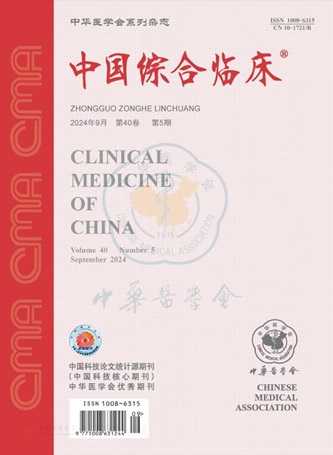Comparison of lag screw fixation on posterior malleolar fractures in different directions and screw-related complication
引用次数: 0
Abstract
Objective To compare the effects of indirect reduction, percutaneous anterior posterior screw and direct reduction, posterior anterior screw in the treatment of posterior malleolus fracture. Methods A retrospective analysis was made on 58 patients with posterior malleolus fracture treated by cannulated screw fixation from January 2013 to December 2017 in the Department of Orthopedics, Affiliated Hospital of Guangdong Medical University.They were divided into anterior and posterior screw group (26 cases) and posterior and anterior screw group (32 cases) according to different treatment methods.The incidence of poor screw position and other complications were compared between the two groups.Health status and ankle function at the last follow-up were compared between the two groups. Results The incidence of screw malposition in the anterior and posterior screw fixation group was 23.08%(6/26), which was significantly higher than that in the posterior screw fixation group was 3.85%(1/32). The difference between the two groups has statistically significant (χ2=5.381, P=0.020); there was no significant difference in other complications such as infection, traumatic arthritis, bone nonunion (all P>0.05). At the last follow-up, the OMA scores of AP group were (80.70±8.16)and PA group were(75.23±9.33), There were significant differences between the two scores(t=2.240, P=0.029), the AOFAS scores of AP group were (80.57±7.25) and PA group were(75.38±10.19), There were significant differences between the two scores(t=2.110, P=0.039). Conclusion The Indirect reduction and percutaneous anterior and posterior screw treatment have a high incidence of malposition of the screw, which has an impact on ankle function.Direct reduction and posterior and anterior screw fixation can significantly reduce the incidence of malposition of the screw and obtain better functional results. Key words: Posterior malleolus fracture; Indirect reduction; Poor screw position; Ankle function后外踝骨折不同方向拉力螺钉内固定及螺钉相关并发症的比较
目的比较经皮后路螺钉间接复位与后路螺钉直接复位治疗后踝骨折的疗效。方法回顾性分析2013年1月至2017年12月广东医科大学附属医院骨科接受空心螺钉固定治疗的58例后踝骨折患者的临床资料。根据治疗方法的不同分为前后路螺钉组(26例)和前后路螺钉组(32例)。比较两组螺钉就位不良及其他并发症的发生率。比较两组患者末次随访时的健康状况和踝关节功能。结果前后路螺钉固定组螺钉错位发生率为23.08%(6/26),明显高于后路螺钉固定组的3.85%(1/32)。两组间差异有统计学意义(χ2=5.381, P=0.020);其他并发症如感染、外伤性关节炎、骨不连等差异无统计学意义(P < 0.05)。末次随访时,AP组OMA评分为(80.70±8.16)分,PA组为(75.23±9.33)分,两者评分差异有统计学意义(t=2.240, P=0.029), AP组AOFAS评分为(80.57±7.25)分,PA组为(75.38±10.19)分,两者评分差异有统计学意义(t=2.110, P=0.039)。结论间接复位经皮前后螺钉治疗螺钉错位发生率高,影响踝关节功能。直接复位后、前路螺钉固定可显著降低螺钉错位发生率,获得较好的功能效果。关键词:后踝骨折;间接减少;螺钉位置不佳;踝关节功能
本文章由计算机程序翻译,如有差异,请以英文原文为准。
求助全文
约1分钟内获得全文
求助全文
来源期刊
CiteScore
0.10
自引率
0.00%
发文量
16855
期刊介绍:
Clinical Medicine of China is an academic journal organized by the Chinese Medical Association (CMA), which mainly publishes original research papers, reviews and commentaries in the field.
Clinical Medicine of China is a source journal of Peking University (2000 and 2004 editions), a core journal of Chinese science and technology, an academic journal of RCCSE China Core (Extended Edition), and has been published in Chemical Abstracts of the United States (CA), Abstracts Journal of Russia (AJ), Chinese Core Journals (Selection) Database, Chinese Science and Technology Materials Directory, Wanfang Database, China Academic Journal Database, JST Japan Science and Technology Agency Database (Japanese) (2018) and other databases.

 求助内容:
求助内容: 应助结果提醒方式:
应助结果提醒方式:


